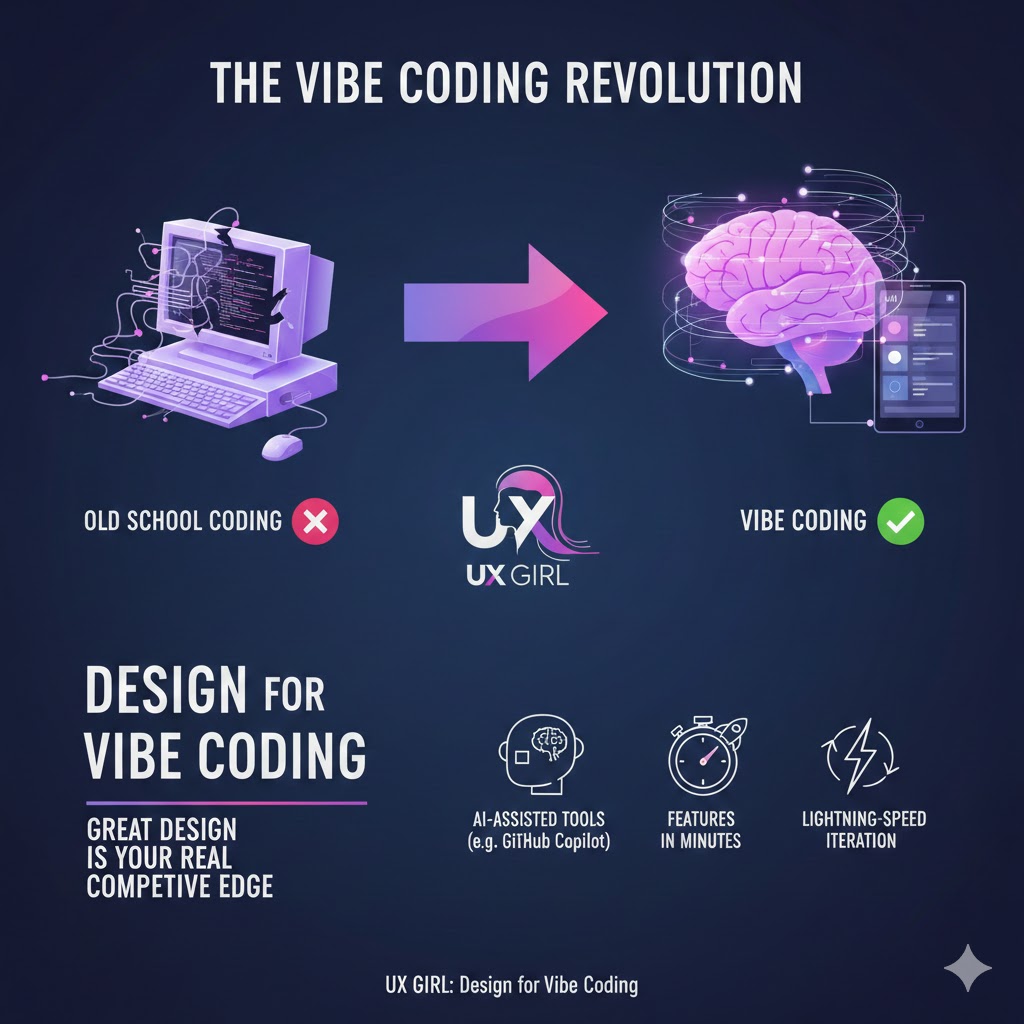2025 is shaping up to be an extraordinary year in design! From futuristic technology to nostalgic aesthetics, this year's trends are all about pushing boundaries while staying deeply connected to what feels authentic and human. Here’s your ultimate guide to the design trends that are set to dominate in 2025.
Grid Redefined: Breaking the Rules
Forget rigid and predictable layouts—2025 is all about asymmetry and bold structural designs. Designers are taking grids to a whole new level, creating layouts that challenge conventions and offer a more dynamic visual experience. Unconventional alignments and layered compositions are the new norm, adding a sense of movement and energy to every project.
Pro Tip: Experiment with diagonal lines, overlapping elements, and varying column widths to create a fresh, unexpected layout.

Bold Animations: Motion with a Statement
Animations are stepping into the spotlight like never before. Subtle effects are being swapped for vibrant, dynamic motion graphics that demand attention. From websites to mobile apps, expect animations to be bigger, faster, and bolder, adding a sense of drama and personality to digital interactions.
How to Use It: Incorporate scroll-triggered animations or playful transitions that create a sense of narrative for your users.

AI Images: The Future of Creativity
Artificial Intelligence continues to transform the design world, and 2025 is no exception. AI tools are now capable of producing mesmerizing, one-of-a-kind visuals that feel both futuristic and artistic. Whether you need surreal landscapes, intricate textures, or unique branding assets, AI-generated art is becoming a must-have tool for designers.
Where It Shines: Use AI to generate concept art, mood boards, or even finished illustrations that feel truly cutting-edge.
.jpg)
Retro Comeback: Nostalgia with a Twist
The past is still inspiring the future, as the aesthetics of the ‘70s, ‘80s, and ‘90s make a stylish return. However, this time around, these retro vibes come with a modern twist—bright neon colors, pixelated textures, and groovy patterns are reimagined for a contemporary audience.
Why It Works: Nostalgia taps into powerful emotions, making designs feel comforting yet fresh. Perfect for branding and campaigns looking to connect on a deeper level.

Green Design: Sustainability First
Eco-consciousness is no longer optional—it’s essential. 2025 is putting nature-inspired designs and sustainable practices front and center. Earthy color palettes, organic textures, and a focus on biophilic design principles are helping brands communicate their commitment to the planet.
Make It Count: Highlight sustainability in your design process by choosing recyclable materials, eco-friendly typography, or green-certified design tools.

Claymorphism: Soft and Playful
Meet the design world’s new favorite 3D trend: Claymorphism. This playful aesthetic features soft, clay-like shapes combined with pastel tones and smooth gradients. It’s approachable, friendly, and perfect for modern designs in tech, wellness, and education.
In Action: Use Claymorphism to bring character to UI elements like buttons, cards, and icons.

Content Badges: Information That Pops
Clear, engaging content markers are taking center stage in 2025. Content badges—small but bold highlights—draw attention to key information, making it easier for users to engage with your designs. These eye-catching elements are great for calls to action, pricing details, or event highlights.
Quick Tip: Experiment with bright colors, bold outlines, and playful typography to make badges unmissable.

3D Shapes: Adding Depth and Dimension
3D design remains a fan favorite, with bold, sculptural elements continuing to dominate visual trends. These elements add depth and uniqueness, whether you’re creating a brand identity, a website, or a social media post.
Why It Matters: 3D shapes make your designs feel tactile, interactive, and immersive—perfect for catching (and keeping) attention.

Final Thoughts: Design in 2025
This year’s trends are all about standing out while staying authentic. Whether you’re experimenting with AI, embracing nostalgia, or focusing on sustainability, there’s a trend to match every creative vision.
Start incorporating these trends into your projects today to stay ahead of the curve and inspire your audience with designs that are both innovative and unforgettable.





.jpg)
.svg)

.jpg)
.jpg)








